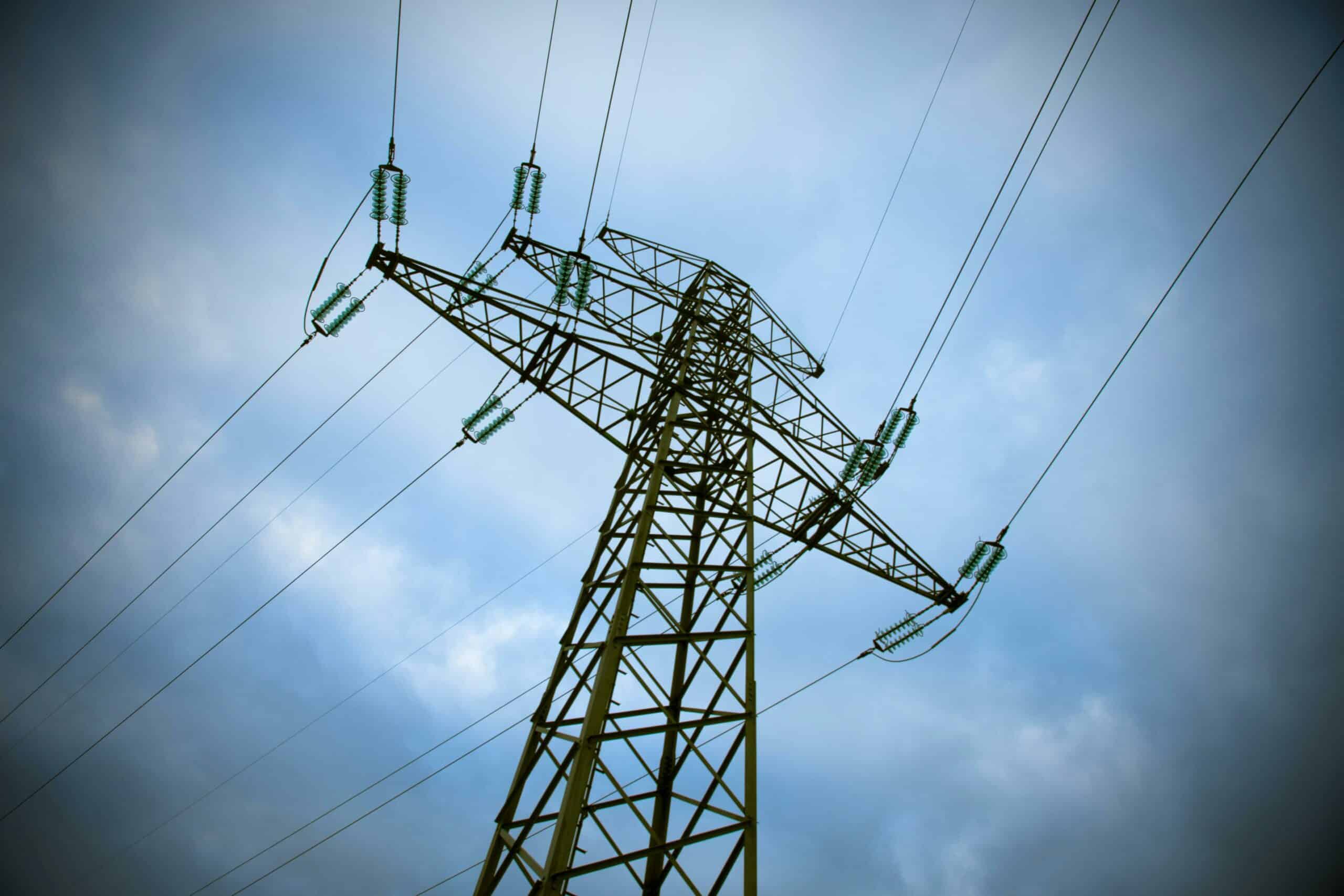Tuesday, June 4 (Washington, D.C.) — Today, Americans for a Clean Energy Grid (ACEG) and Grid Strategies released the report “Transmission Planning for PJM’s Future Load and Generation: Version 1.” With increased demand from electrification, data centers, and onshore manufacturing, as well as a higher frequency of extreme weather events, we need to ensure that the grid can handle the needs of the future. This report highlights several recommendations of best practices that PJM can adopt to further progress its long-term transmission planning, though these parameters could be used in any planning region.
Planners should utilize the best available data on the future resource mix to conduct scenario analyses in which different futures are tested to determine the optimal set of transmission solutions — all of which is now required for regional transmission planning by the Federal Energy Regulatory Commission’s (FERC) recently-finalized Order No. 1920.
The report suggests that PJM planners:
- Continue to improve estimates of electrification within the region’s footprint;
- Plan more proactively for retirements across the entire long-term planning horizon;
- Run economic capacity expansion models along with production cost modeling to ensure the optimal buildout of new generation and transmission while delivering the lowest system cost; and
- Develop any new methodologies, best practices, or results in clear communication with interested parties and allow ample opportunity for input from interested parties.
“Greater regional planning and coordination can ensure that the transmission that is needed for our future needs is planned and developed in a way that provides customers with reliable and cost-effective power,” said ACEG Executive Director Christina Hayes. “The recommendations outlined in this report are a strong starting point as PJM — as well as other regions — begin to develop their plans for compliance with FERC’s new regional planning and cost allocation rule. We must plan for the grid we’ll need in the future, rather than the one we’ve had in the past.”
“The issuance of FERC’s transmission planning rule provides the PJM with an excellent opportunity to improve its proactive long-term transmission planning,” said Rob Gramlich, President of Grid Strategies and an author on the report. “PJM has begun to lay the groundwork with workshops and proposed reforms to its long-term transmission planning process. This report provides a method for development of initial transmission planning scenarios by quantifying load, retirements, state laws, and utility and corporate goals, providing interested parties with a holistic picture of PJM future resource mix. Getting the planning inputs right is critical to preparing PJM for load growth while maintaining reliability and providing affordable power.”
“Shortfalls in transmission planning are the biggest roadblock to electrifying the economy and developing new sources of clean energy,” said Tom Rutigliano, Senior Advocate at the Natural Resources Defense Council’s Sustainable FERC project. “It is imperative that we plan transmission better to stay ahead of growing load and get new power sources online quickly. With Order 1920, FERC confirmed that coordinated, proactive transmission planning is key to strengthening our grid in a cost-effective and comprehensive way. This report shows steps PJM must take now to meet FERC’s mandate and develop the grid the region needs.”
Read the report here.
###
About Americans for a Clean Energy Grid:
Americans for a Clean Energy Grid (ACEG) is a non-profit, broad-based public interest advocacy coalition focused on the need to expand, integrate, and modernize the North American high-capacity grid. ACEG brings together a diverse coalition — including business, labor, consumer, environmental groups, and other transmission supporters — to advocate for policies that recognize the benefits of a robust transmission grid.
Media Contact:
Chloe Slayter, Communications Manager
chloe.slayter@cleanenergygrid.org | 805-556-5344






